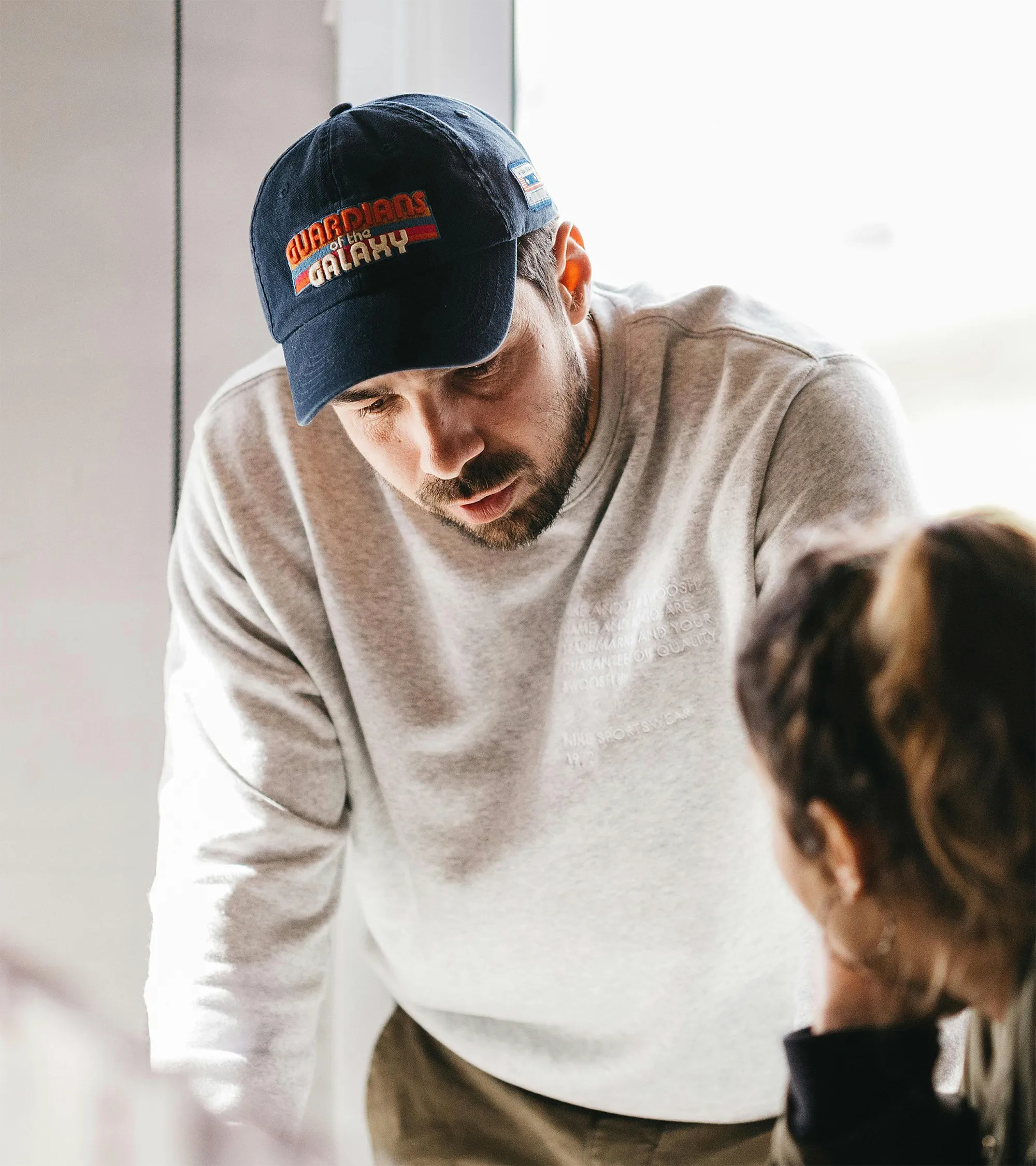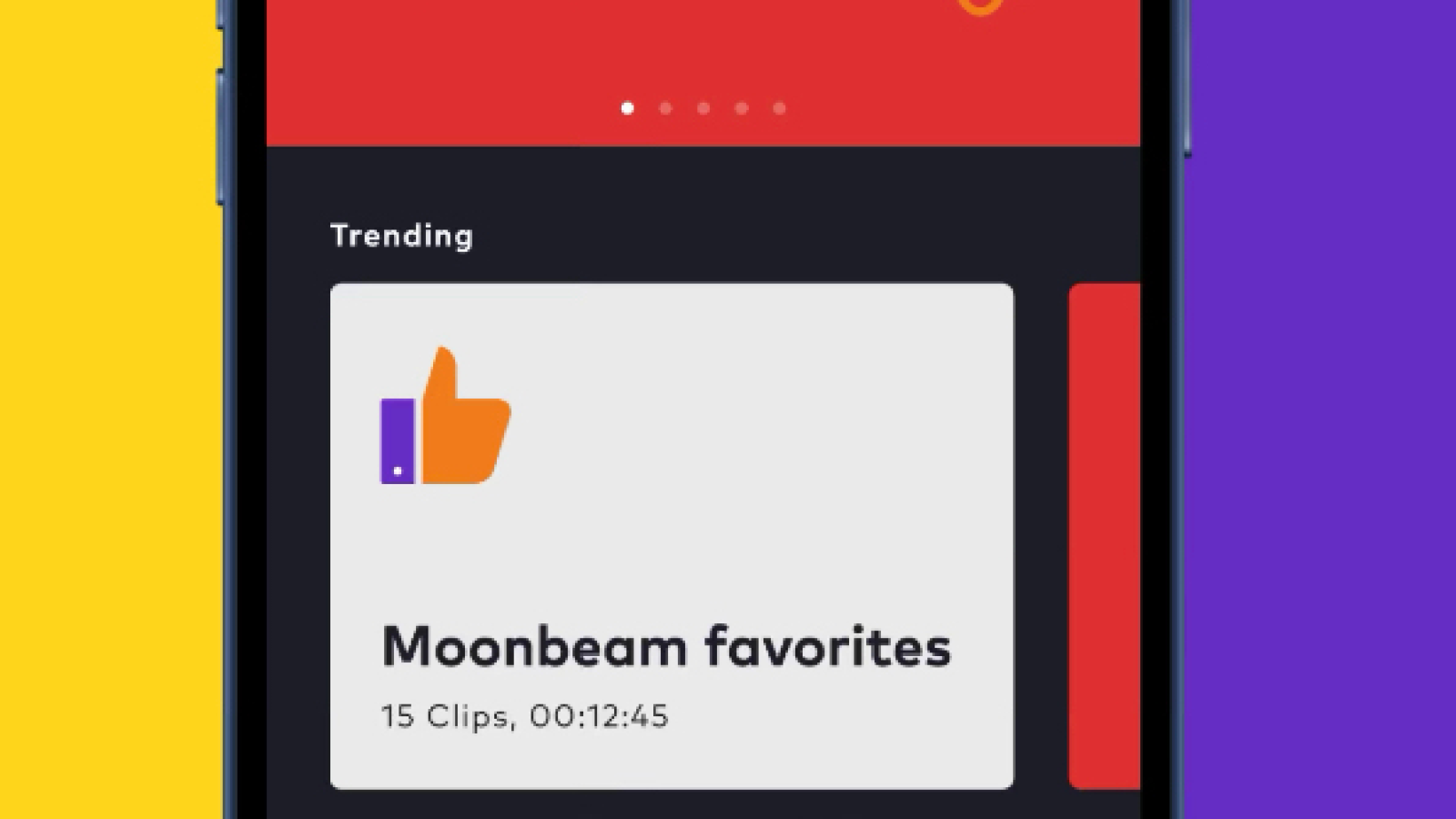

How do you take a brilliant idea and turn it into a viable business? For an early-stage startup, the journey from a Minimum Viable Product (MVP) to a successful Go-to-Market (GTM) launch is the most critical and perilous phase. This is where most great ideas die—not because the product is bad, but because the story is wrong.
As a strategic advisor and consultant, I partner with early-stage startups working on the next generation of creative tooling, edtech, and narrative platforms. My role is to act as a fractional "Full-Stack" leader, helping them navigate this crucial "0 to 1" phase. I don't just provide advice; I lead hands-on, intensive Innovation Sprints designed to rapidly define a startup's core narrative, validate it with real users, and build a pragmatic, high-impact GTM plan.
This case study is a synthesis of my work with several startups in this space. It's a look at my repeatable playbook for helping founders find their voice, clarify their vision, and launch their products with a story that connects. The result is a clear path to market, successful MVP launches, and a foundational narrative that can attract the first 1,000 true fans. This is how you architect a launch.
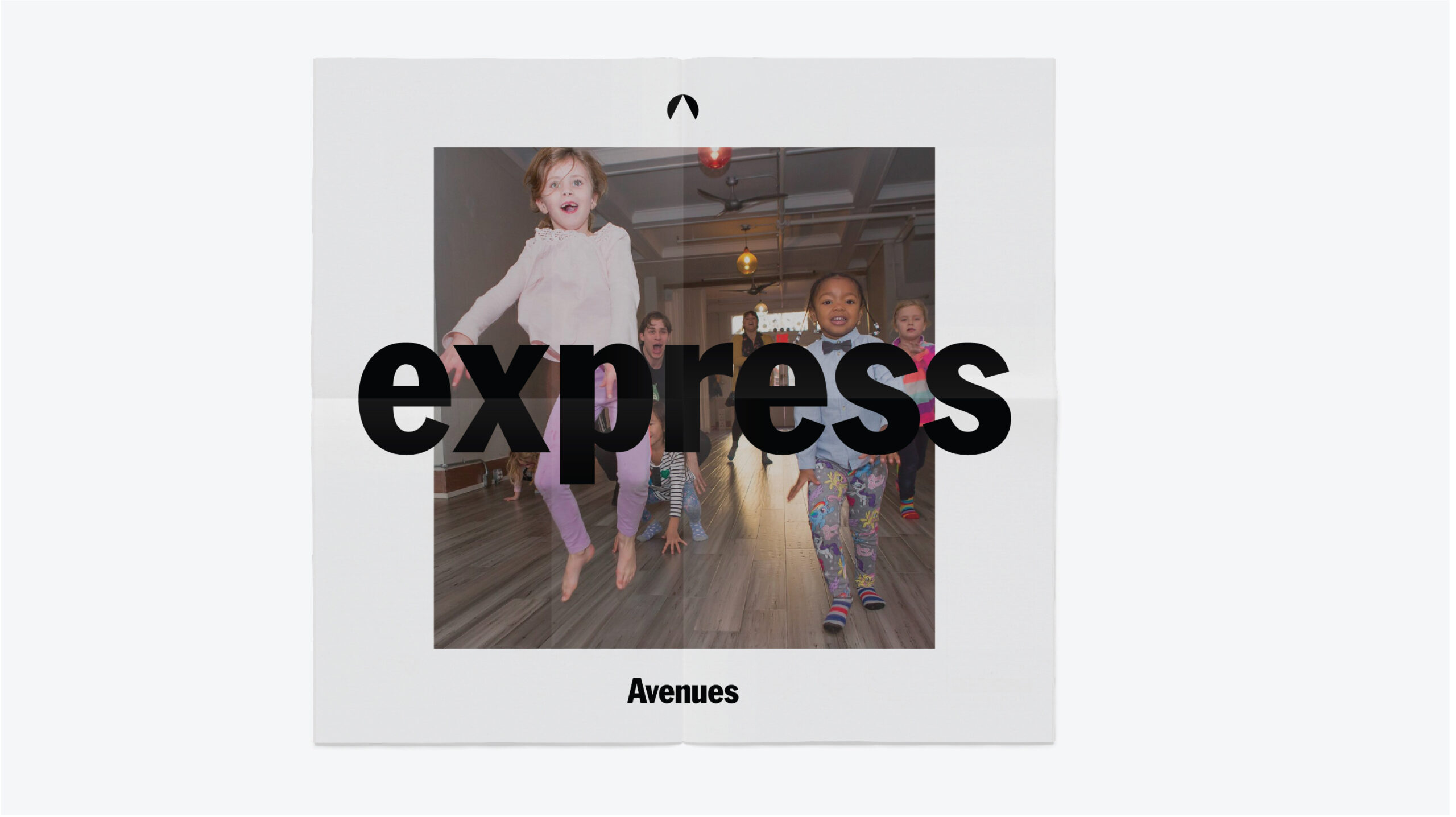

The Two-Week Innovation Sprint
Founders are often too close to their product. They're obsessed with the features, the technology, and the "what." My job is to force them to focus on the "why" and the "how." To do this, I use a condensed, high-intensity, two-week sprint framework.
Week 1: Architecting the Narrative (The "Why")
The first week is entirely dedicated to finding and codifying the story. We don't talk about marketing tactics or ad campaigns. We talk about the core narrative.
We define the startup's unique point of view and codify it in a simple "We are... / We are not..." voice and tone matrix. This ensures the brand has a distinct personality from day one.
We synthesize these ideas into a powerful, four-part Core Narrative. This becomes the foundational messaging document that will guide all future copy, from the website's headline to the first investor pitch.
We don't just assume the story works. We test it. We create a simple, one-page landing page that tells our newly crafted story. We then run a micro-budget social media ad campaign, driving traffic to the page. The goal is not to get sign-ups; it's to measure resonance. Do people click? Do they understand the concept? This is our first, crucial data point.
At the end of Week 1, we have a validated core narrative. We have moved from a list of features to a powerful, emotionally resonant story.
Week 2: Architecting the Launch (The "How")
The second week is about translating that story into a pragmatic, achievable Go-to-Market plan.
We map out a simple, launch-focused content plan. What are the three core blog posts we need to write? What will our welcome email sequence say? How will we tell our story on social media?
We design the practical user journey for the launch.
At the end of Week 2, we have more than a GTM plan. We have a complete operational playbook for a successful launch.
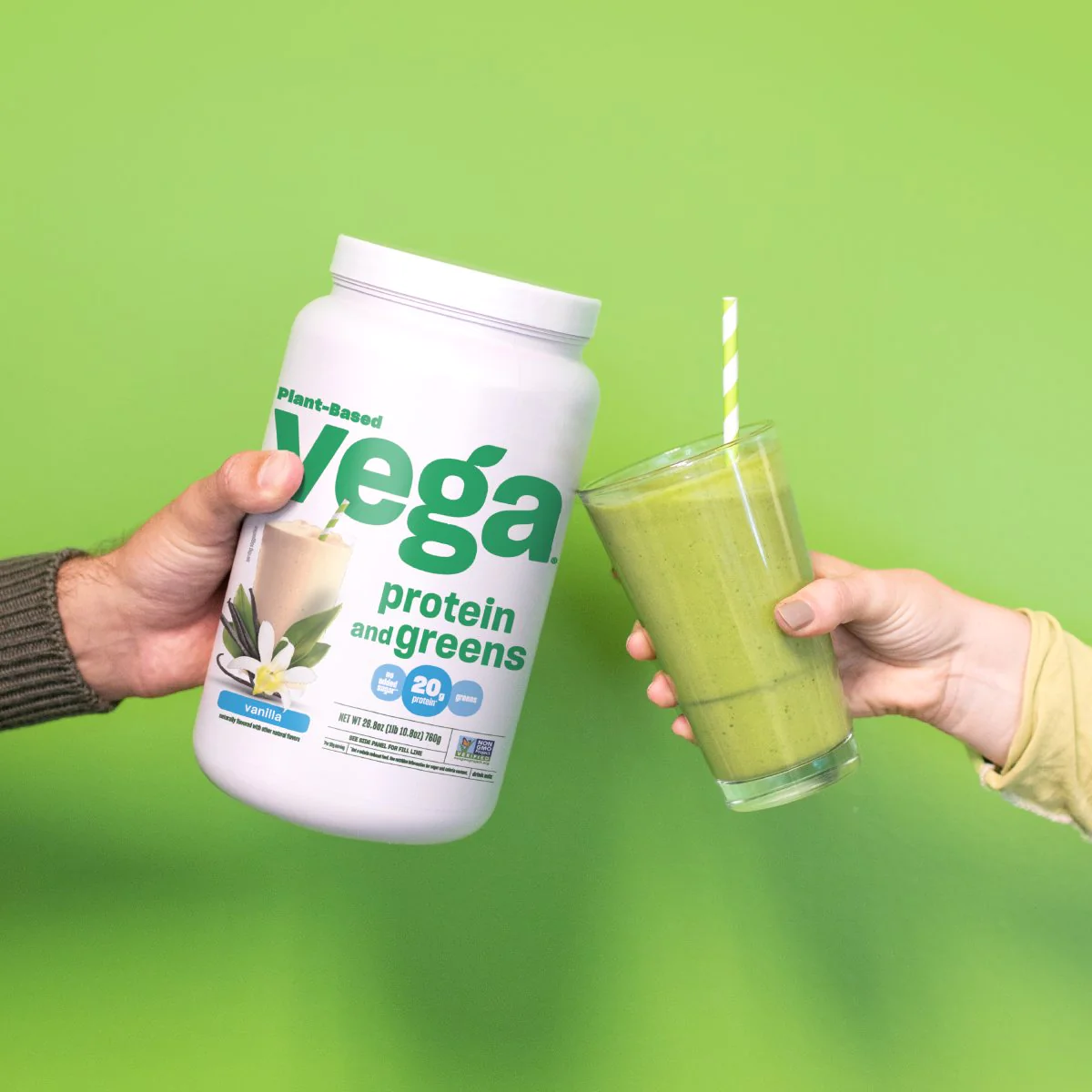

A Launch with Clarity, Confidence, and a GTM Plan that Works
By compressing months of chaotic guesswork into a highly structured, two-week sprint, we consistently achieve a series of powerful, business-critical outcomes for the startups I partner with.
The Tangible Deliverables:
The Strategic Win: De-Risking the Venture
The most important result of this process is that it fundamentally de-risks the entire venture. For a founder, this process provides the strategic clarity needed to confidently pitch investors and hire their first employees. For an early-stage investor, a startup that has gone through this process is a far more attractive bet; they have not only a product idea but a well-defined, validated story and a clear plan to take it to market. We replace "hope" with a strategy.
Three Truths About Launching a New Idea
For an early-stage startup, you are not selling a product. No one has used it yet. You are selling a story about a better future. The quality and clarity of that story is the single biggest predictor of whether anyone will give your actual product a chance.
The temptation for a founder is to just "launch and see what happens." This is a recipe for wasted time and money. A focused, two-week strategic sprint is the ultimate accelerator. By slowing down to think, you can speed up your path to market dramatically by avoiding months of costly trial and error.
My role in these sprints is often not to generate new ideas, but to help the founder edit down their countless existing ideas into a single, cohesive, powerful narrative. Like a great screenwriter, a great founder must have the discipline to cut the "good" ideas to make room for the truly "great" one. The power is in the focus.
This work with startups is some of the most rewarding I do. It's the ultimate test of the full-stack mindset—a place where creative vision, strategic rigor, and operational excellence must come together to turn a single spark into a sustainable flame.
'My Brand Storytelling Framework: A Step-by-Step Guide.'
See what our satisfied clients say about working with us.
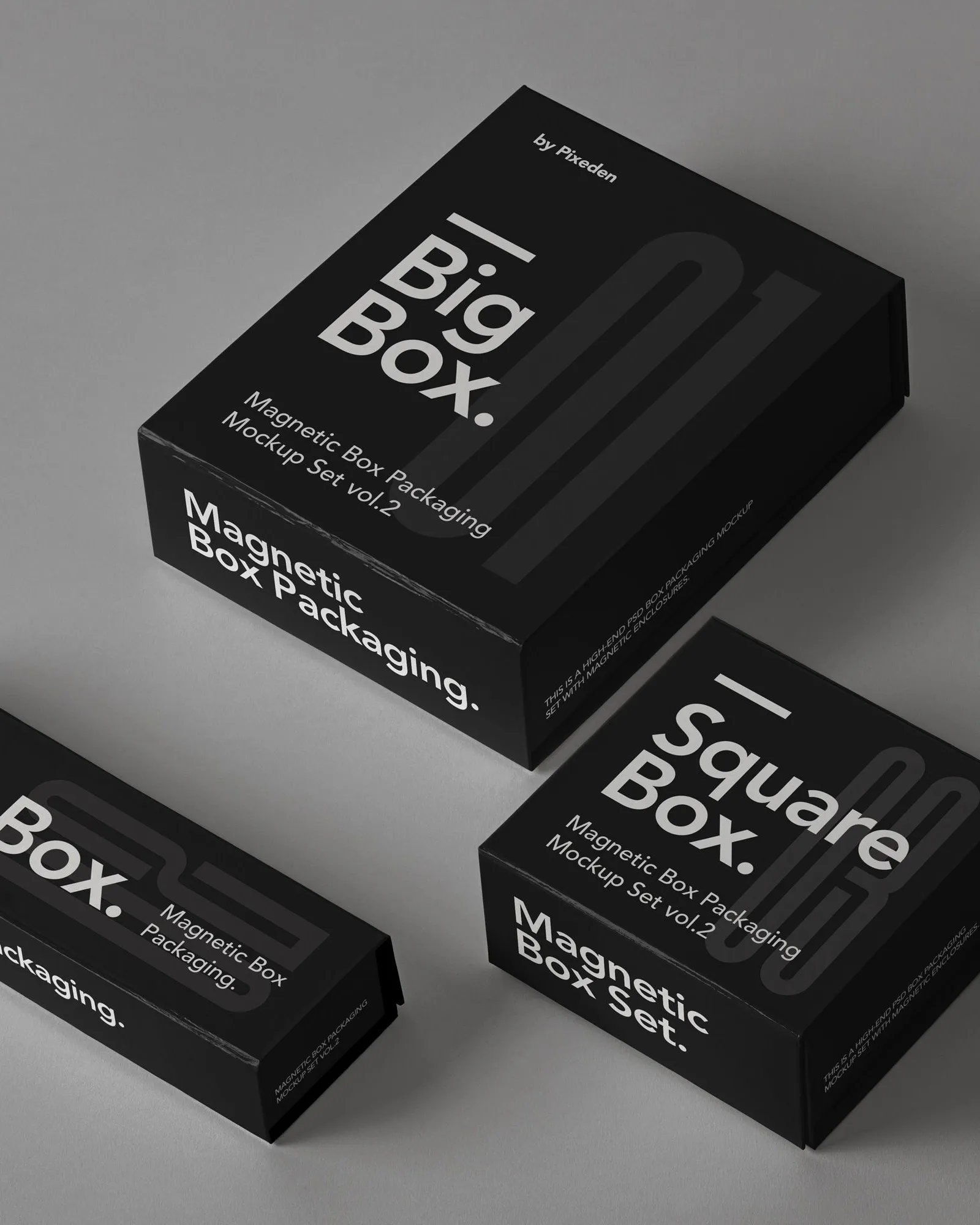
Our proven process ensures successful outcomes and client satisfaction every time.
